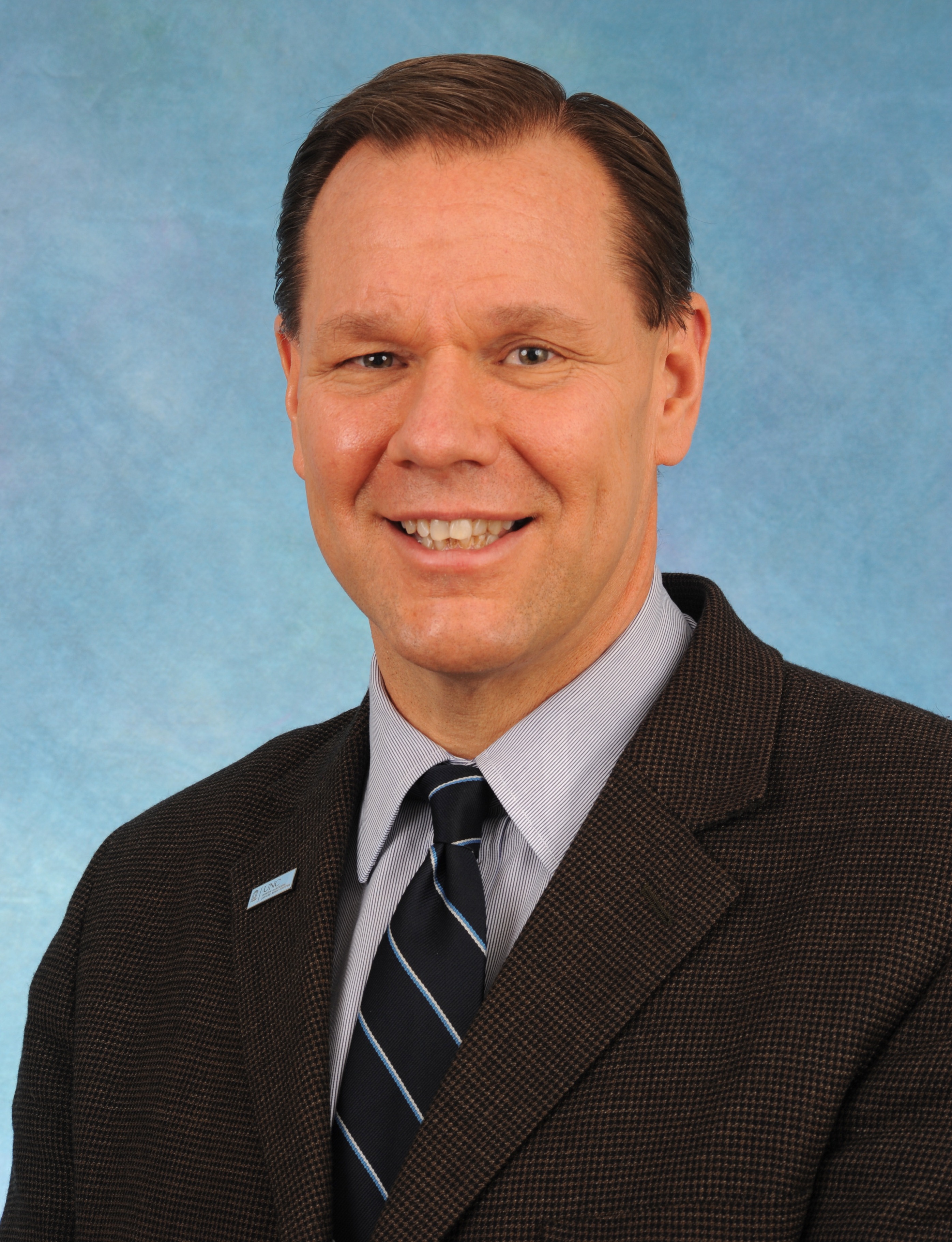
As a student at Chapel Hill High School in the late-1970s, Bruce Cairns, MD, remembers buying jelly from the Jaycees to support the opening of a new burn center at N.C. Memorial Hospital.
“At the time, I had no idea that the center would factor so significantly in my life,” says Cairns, who received his surgical training at UNC and joined the faculty in 2000.
Today, the John Stackhouse Distinguished Professor of Surgery at the UNC School of Medicine serves as director of the internationally renowned North Carolina Jaycee Burn Center.
The contributions and successes of the burn center, which opened in 1981, are well-known. The center has saved hundreds of lives and restored thousands of people to lives of health and productivity. Burn victims come to UNC from all over the region for treatment.
Since returning to UNC more than a decade ago, Cairns has helped build on that success, promoting a culture of growth, advancement and collaboration at the center. He has seen the total number of beds expand from 21 to 36, and admissions, which at one time averaged 400-500 annually, grew to 1,400 last year. Meanwhile, the first-of-its-kind Burn Reconstruction and Aesthetic Center opened its doors in 2012, and collaborations with the UNC Institute for Global Health and Infectious Diseases, Johnson & Johnson, and Malawian health care workers led to the construction of a 35-bed burn treatment facility in Malawi.
“My colleagues have turned our burn center into one of the finest burn treatment facilities in the world,” says Cairns. “That’s because they take the approach that every patient matters.”
Cairns’ belief in valuing every patient is consistent with his view about the public service mission of the university. The son of UNC teachers and researchers, Cairns learned early in his life about the university’s responsibilities not only to its students, but also to the citizens of North Carolina. For Cairns, outreach to every corner of the state – and to every citizen of the state – must continue to be a central component of Carolina’s identity, one that faculty across the university embrace.
When Cairns returned to UNC in 2000, he began participating in faculty governance to ensure that his voice was heard as decisions were made that impacted faculty. He has since completed two terms on the Faculty Council, was appointed by former Chancellor Thorp to the Committee on University Government, and is currently serving his second term on the Chancellor’s advisory committee.
“At UNC, there’s a long history of shared governance in decision-making by faculty and the administration,” Cairns says. “Faculty government is critical to ensuring that our voices are heard and our needs are met.”
To continue impacting faculty governance, next month Cairns will run for Faculty Chair – the election will take place April 14 – 21 via electronic ballot. Cairns hopes that School of Medicine faculty members will recognize the importance of participation in faculty governance and consider voting for him as Faculty Chair.
“I’m interested in bringing more of our faculty into important discussions going on at the university,” says Cairns. “I believe our contributions to the university and the state must be represented.
In this critical period in the university’s history, Cairns believes that it’s more important than ever to make School of Medicine voices heard.
“We all understand the challenges we’re facing, whether we’re talking about issues of funding at the School of Medicine, Medicaid expansion and the health care system, or state support for UNC-Chapel Hill and the entire UNC system,” he says. “It’s extremely important that we share our stories about education, research, and the service we provide the people – not only to those here in Chapel Hill, but throughout all 100 counties – with the wider university and the public.”
With a dual appointment in Microbiology & Immunology, a record of collaboration with School of Medicine departments including Pediatrics, Emergency Medicine, Psychiatry, Dermatology, and Medicine, among others, as well as with College of Arts & Sciences departments such as African, African American, and Diaspora Studies, Computer Science and Chemistry, Cairns feels he is uniquely suited to work across the university to meet the needs of a broad cross-section of university faculty.
“The professional experiences, collaborations, cooperation, and interactions that I have had have helped me become more effective in faculty governance,” Cairns says. “You’re able to work with people, and that’s particularly important during times like these, when changes and stresses are occurring and strong opinions are being voiced.”
Cairns’s collaborative approach to faculty governance reminds him of the significant challenge he faced early in his career during the crash of Korean Air flight 801 in Guam, where he was serving as a Navy doctor to help pay for his medical education. As the jet approached Guam’s airport, the pilot misjudged the runway and landed short. The plane burst into flames, and within two hours 20 beds in the 25-bed hospital were filled with passengers in need of immediate care. The experience shaped Cairns, enhancing his interest in burn care and developing his disaster planning and responding interests.
“When stresses happen,” says Cairns, “I learned that you need to be able to work with people – you need to be able to move forward.”
